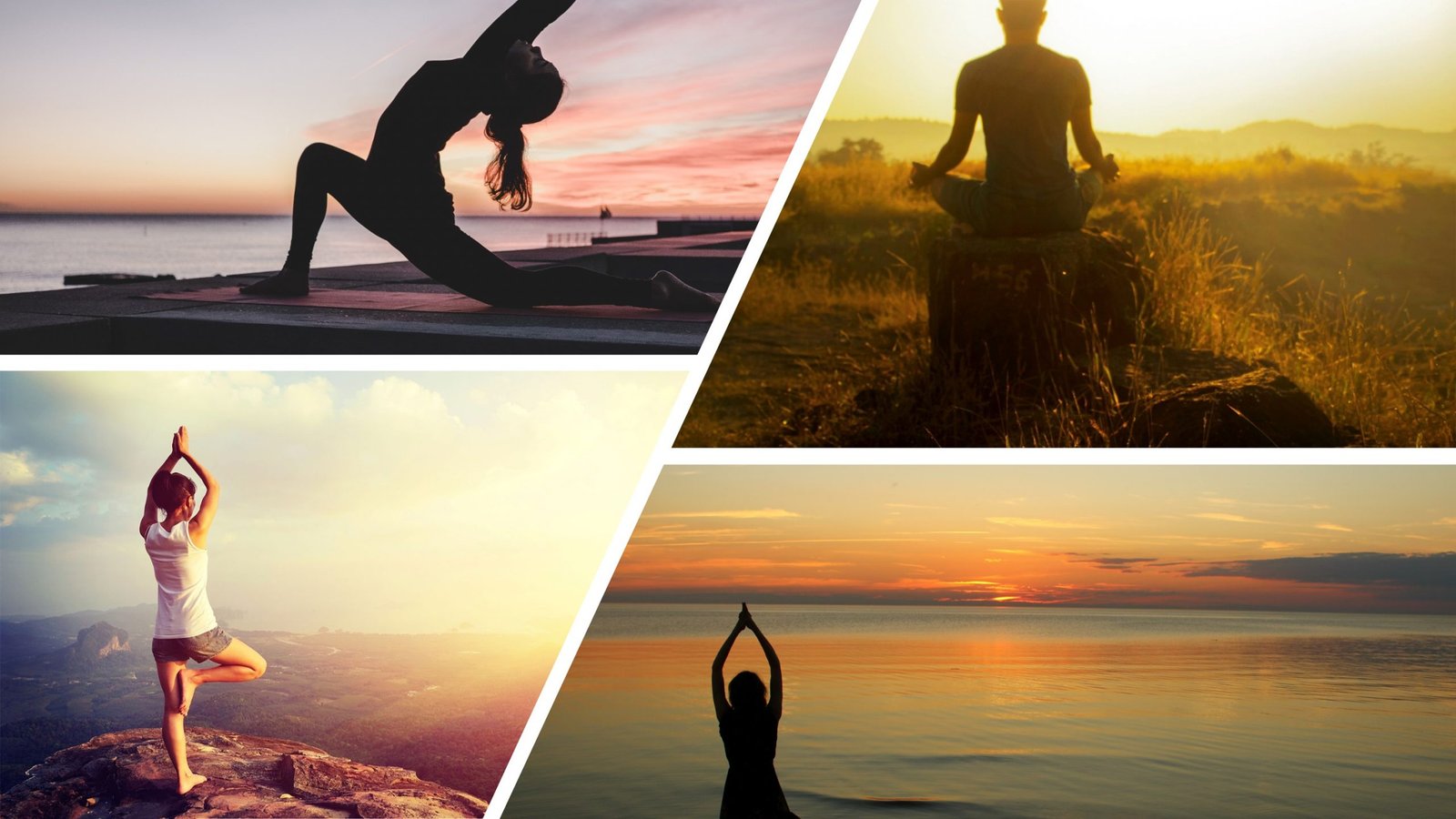In the journey toward a healthier and more balanced lifestyle, individual movements play a crucial role. These are simple, targeted actions you can perform anywhere, without the need for complex equipment or gym memberships. From stretching and strengthening to improving posture and balance, individual movements enhance both physical health and wellness, mental well-being.
Whether you are a beginner looking to start small or an experienced fitness enthusiast seeking to refine your routine, incorporating individual movements into your daily life can lead to long-term wellness benefits.
Understanding Individual Movements
Individual movements refer to basic physical actions that focus on specific muscle groups or functional tasks. Unlike high-intensity group workouts, these movements allow you to go at your own pace, adjust the difficulty level, and focus on correct form. Examples include squats, lunges, push-ups, stretches, and balance exercises.
These movements are especially beneficial for people with busy schedules, those recovering from injury, or anyone seeking low-cost, flexible ways to stay active.
The Importance of Individual Movements for Wellness
When performed regularly, individual movements contribute to holistic health and wellness by improving strength, mobility, flexibility, and coordination. Here’s why they are essential:
- Accessibility – They require little to no equipment and can be done at home, in the office, or outdoors.
- Customization – Movements can be tailored to your fitness level, health condition, and goals.
- Mind-Body Connection – Performing controlled, deliberate movements improves body awareness and reduces injury risk.
- Time Efficiency – Even a few minutes daily can lead to significant long-term benefits.
Top Individual Movements for Health and Wellness
To build a strong and balanced routine, focus on a mix of movements that target different aspects of physical health: strength, flexibility, balance, and endurance.
1. Squats
Squats strengthen the legs, hips, and glutes while improving overall lower-body function.
- How to do it: Stand with feet shoulder-width apart, bend your knees while pushing your hips back, and return to standing.
- Benefits: Enhances leg power, improves posture, and supports daily activities like climbing stairs.
2. Push-Ups
Push-ups are a versatile upper-body movement that also engages the core.
- How to do it: Start in a plank position, lower your body until your chest nearly touches the floor, then push back up.
- Benefits: Builds chest, shoulder, and tricep strength, while enhancing core stability.
3. Lunges
Lunges are excellent for balance and leg strength.
- How to do it: Step forward with one leg, lower your hips until both knees form a 90-degree angle, then return to standing.
- Benefits: Improves coordination, strengthens thighs and glutes, and supports hip mobility.
4. Planks
Planks are a simple yet highly effective core exercise.
- How to do it: Hold a push-up position with your forearms on the floor and your body in a straight line.
- Benefits: Strengthens the core, supports spinal health, and improves posture.
5. Stretching Movements
Regular stretching keeps muscles flexible and joints mobile.
- Examples: Hamstring stretch, shoulder stretch, cat-cow stretch.
- Benefits: Prevents stiffness, reduces injury risk, and relieves tension.
6. Balance Exercises
Balance-focused movements are essential for stability, especially as we age.
- Examples: Standing on one leg, heel-to-toe walking, yoga tree pose.
- Benefits: Improves coordination, prevents falls, and enhances athletic performance.
How to Incorporate Individual Movements into Daily Life
You don’t need a gym membership or long workout sessions to enjoy the benefits of individual movements. Here’s how to integrate them into your lifestyle:
- Start Small: Begin with 5–10 minutes each day.
- Use Movement Breaks: Stand, stretch, or walk briefly during work or study sessions.
- Create a Routine: Choose 5–7 movements targeting different muscle groups.
- Track Progress: Keep a simple journal or use a fitness app to monitor improvements.
- Mix It Up: Change exercises every few weeks to keep your routine fresh and challenging.
Physical and Mental Benefits of Individual Movements
The advantages of incorporating individual movements go far beyond physical health:
1. Physical Benefits
- Stronger muscles for better posture and injury prevention
- Improved flexibility for enhanced range of motion
- Better balance for stability and mobility
- Cardiovascular support from movements that increase heart rate
2. Mental and Emotional Benefits
- Reduced stress through mindful movement and breathing
- Enhanced mood from endorphin release
- Improved focus from increased blood flow to the brain
- Greater confidence as physical ability improves
Individual Movements for Different Age Groups
The beauty of individual movements is that they can be adapted for all ages:
- Children: Fun, playful movements like jumping jacks, skipping, and light yoga
- Adults: Strength training, cardio-based movements, and stretching
- Seniors: Gentle stretches, balance-focused exercises, and low-impact strength moves
Safety Tips for Practicing Individual Movements
To ensure a safe and effective practice:
- Warm up for 5–10 minutes before exercising
- Focus on proper form rather than speed
- Listen to your body and modify movements when needed
- Stay hydrated before, during, and after movement sessions
- Gradually increase intensity to avoid overtraining
Sample 10-Minute Daily Routine
Here’s a quick example of how you can structure a short session:
- Squats – 10 reps
- Push-Ups – 8–12 reps (modified if needed)
- Lunges – 10 reps each leg
- Plank – Hold for 30 seconds
- Hamstring Stretch – Hold for 20 seconds each leg
Repeat twice for a well-rounded workout.
Conclusion: Small Steps, Big Impact
Individual movements for health and wellness prove that fitness doesn’t have to be complicated. By dedicating a few minutes each day to targeted, purposeful actions, you can improve your physical strength, mental clarity, and overall quality of life. Whether you’re aiming to boost flexibility, build muscle, or simply move more, these simple exercises can create lasting change.
Start small, be consistent, and watch as these individual movements transform your daily routine into a foundation for lifelong health.












Leave a Reply